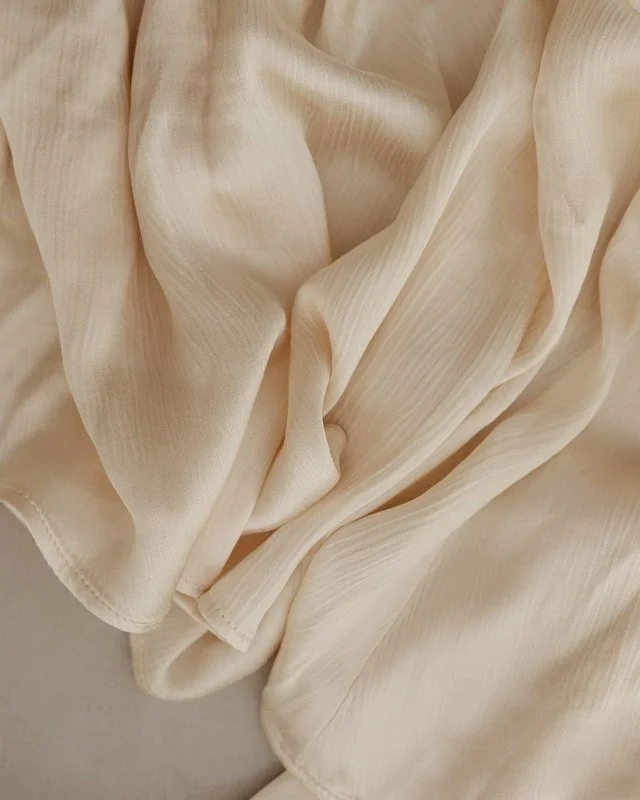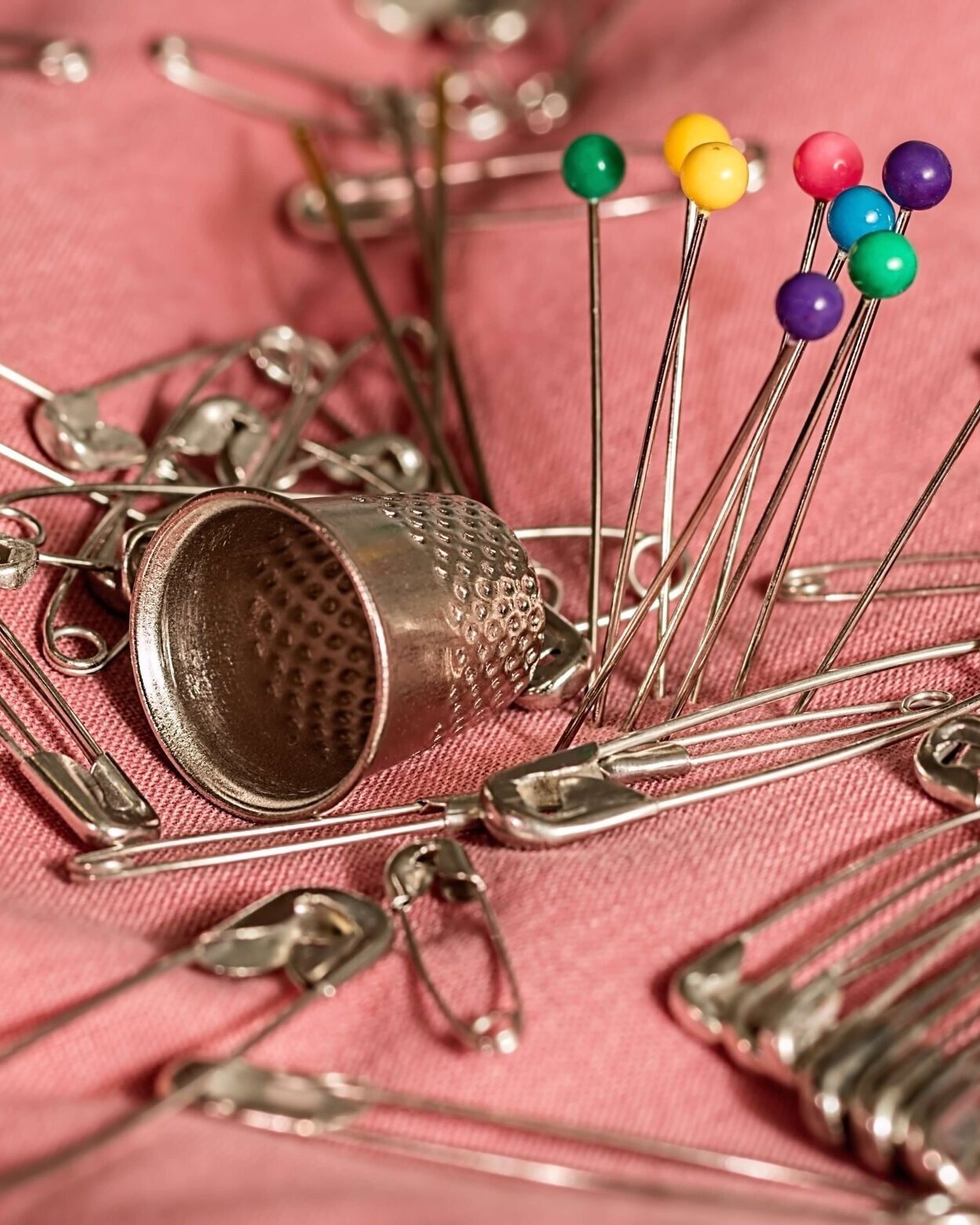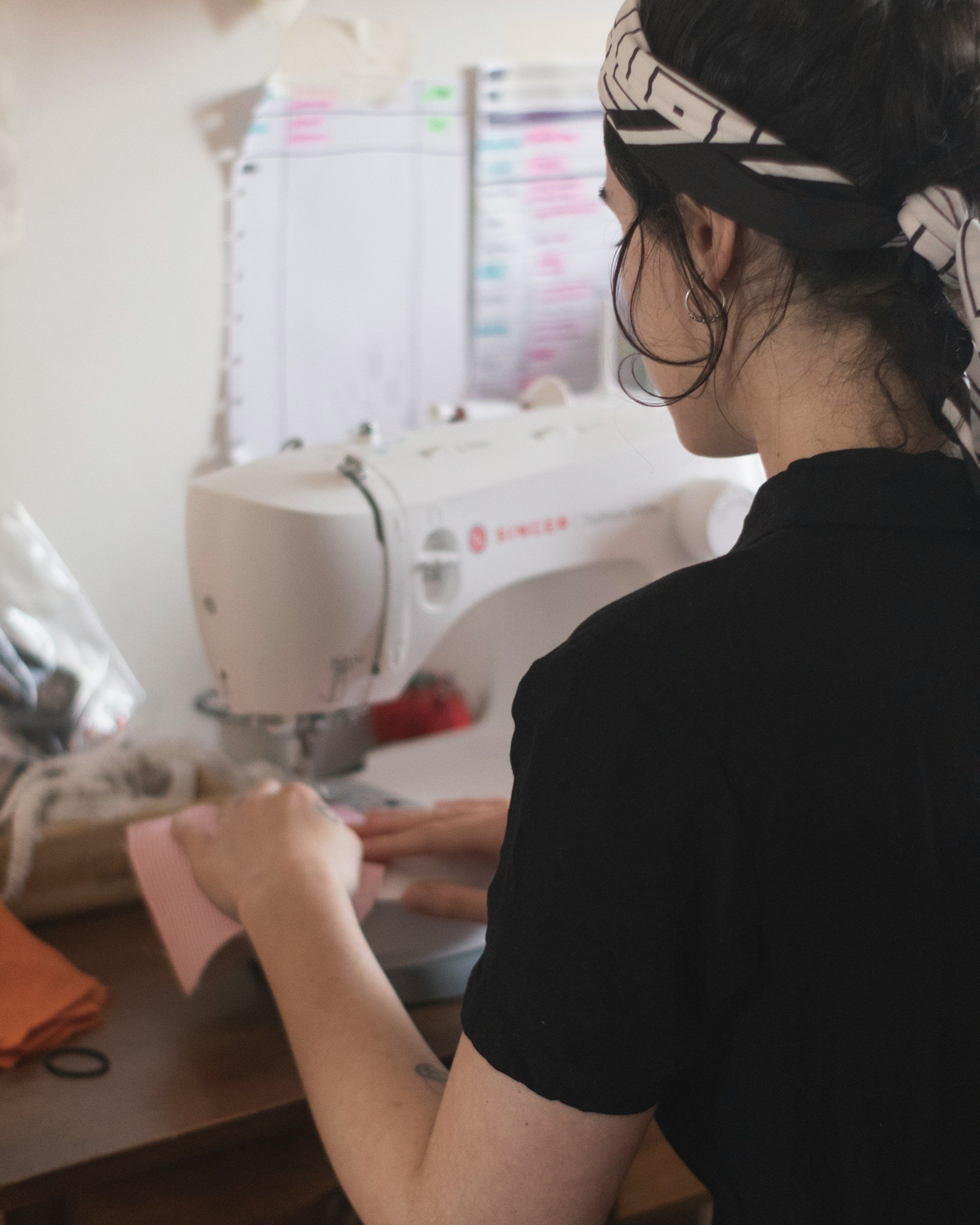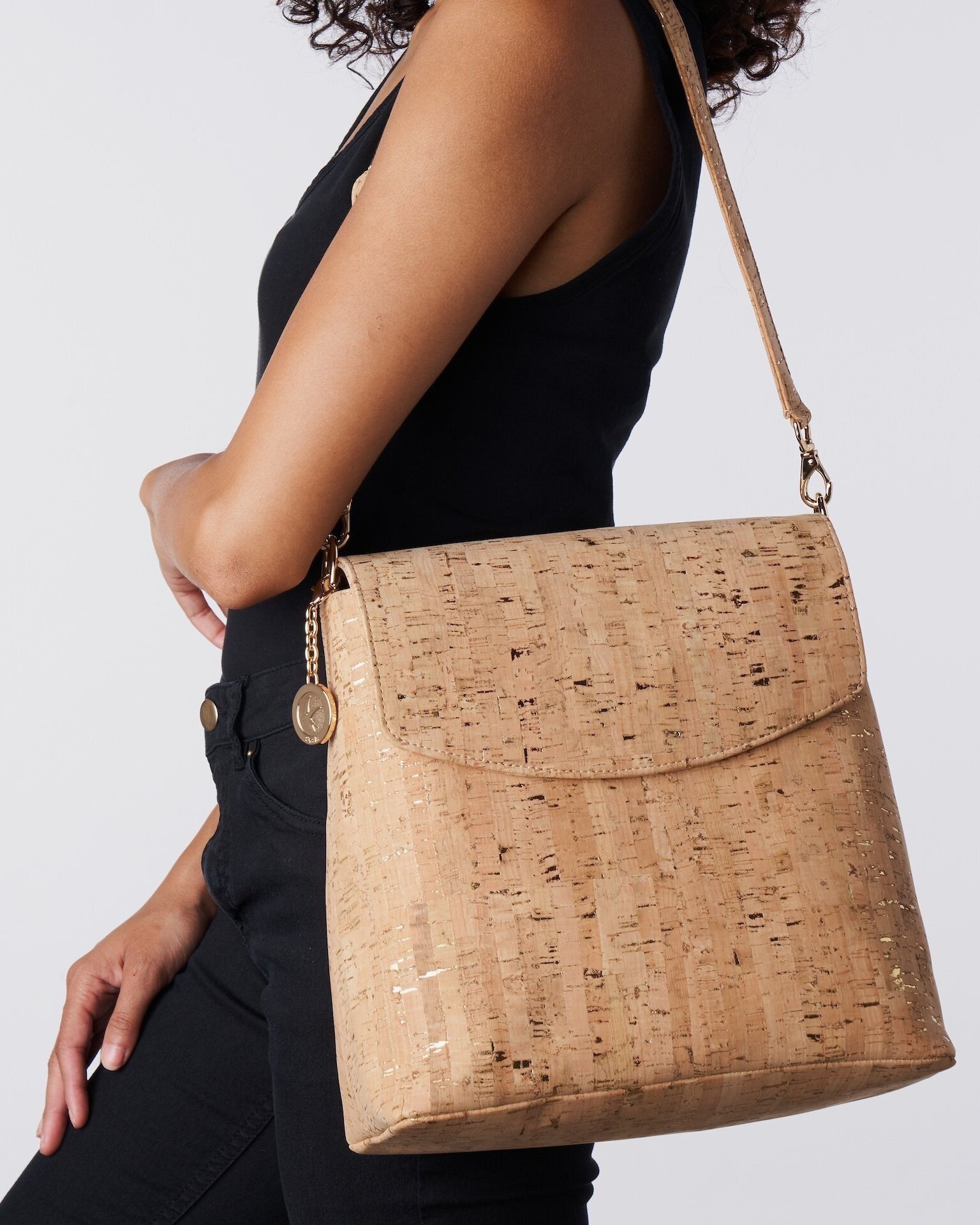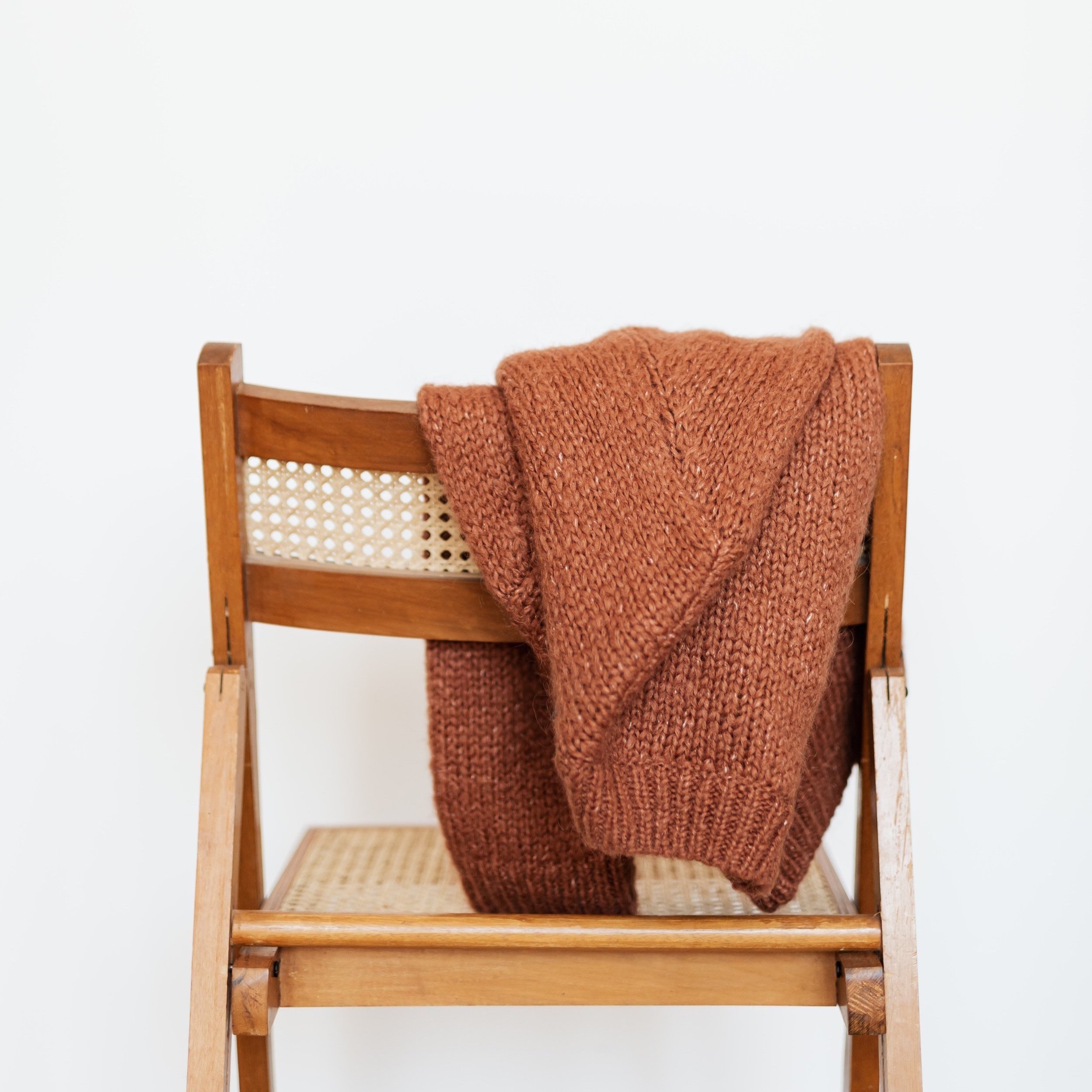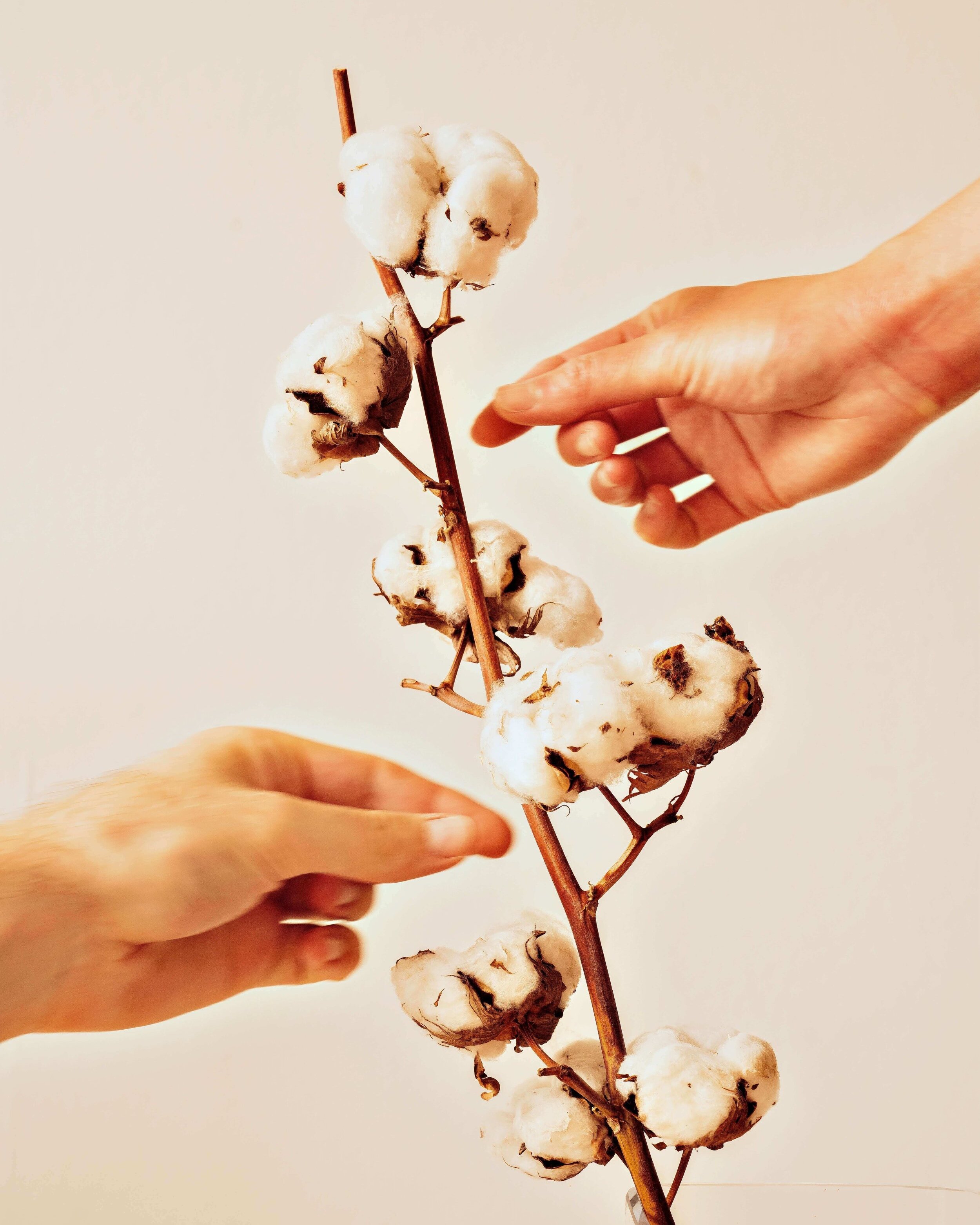How To Make Your Clothes Last Longer
10 tips for prolonging the life of your clothing
When we think about sustainable fashion, we often picture clothes made and sold by eco-friendly and ethical clothing companies.
But sustainable fashion isn't just about purchasing clothes from better, fairer brands rather than fast fashion ones. It's also about how we see and treat our clothes and switching from a throw-away mindset to one that considers the actual value of our clothes.
After all, we haven't always shopped as much or in the manner, we do now. Before the boom of the physical stores, we are all familiar with, periodic markets and fairs were the norm.
Acquiring all sorts of goods from craftspeople at a fair price probably helped us see that making clothes is a complicated and time-consuming craft requiring many skills. Nowadays, realizing this can be more complex as buying cheap clothes manufactured miles and miles away is the standard.
Even though not all of us can switch to a more old-timey way of shopping that supports local artisans and uses local resources, we can still treat our clothes the way people did when they saw them as precious investments. Learning how to treat clothes right is also a budget-friendly approach to sustainable fashion, which is more reason to start. Keep on reading to learn how!
Turn your clothes inside out before washing
As we all know, things can go wrong with the washing machine. Nothing is worse in the world of household chores than taking the time to wash a garment to realize that it didn't come out as clean as you wish.
A fantastic way to ensure that your clothes will come out squeaky clean is to turn them inside out before tossing them in the washing machine.
This trick is incredibly convenient when washing tighter-fitting clothes, which tend to collect more gunk as worn closer to the body. So make sure to try turning your body-con dresses and leggings inside out.
Plus, the side that gets washed more fades faster in the long term. As it's way better if the side getting the shorter end of the stick is the one that none but you see, use this little trick, especially with darker garments.
2. Use gentle settings and mild detergent
The choice of setting and detergent is crucial in prolonging the lifespan of your garments. As a rule of thumb, go as gentle as possible.
Washing clothes at lower temperatures will prevent them from getting stretched or shrinking, and the colors will fade slower. The same goes for detergents, as harsher detergents may damage the garment. Some particularly delicate fabrics are pretty picky and need to be washed with specific mild detergents, and using aggressive products may have an even more significant impact on them.
To keep your clothes looking beautiful for longer, you might also want to be mindful of the amount of detergent you use. When you use too much of it, you may have residue on your clothes, which may not get cleaned properly.
3. Read the label carefully
If you want to make your clothes last longer, clothing labels are your best friends! That's because they give all the info you'll need to keep your clothes looking sharper for longer.
The catch here is that one has to actually follow the instructions, no matter how annoying the washing process may be. If the label says you cannot wash the garment at home but have to take it to the dry cleaner, using the washing machine may do severe damage.
The care needs of a garment may be one of the characteristics you evaluate when purchasing clothes. This way, you won't buy clothes that are too high maintenance for you and that you might not often wear.
4. Be careful with jeans, new t-shirts, leggings, and other stretchy clothes
So clothes have the nasty habit of stretching in the washing machine. If you have a few of those, you may have ended up with a couple of damaged garments. To keep that from happening again, you could try hand washing them.
Handwashing could be an excellent strategy for new t-shirts because sometimes new garments release some dye in the water during the first wash. So washing these pieces individually by hand can also keep them from staining your other clothes.
5. Try hang-drying your clothes, if that's possible
Hanging your clothes to dry is the standard practice in many places of the world, where the use of dryers is very much the exception to the rule. If you instead are someone who regularly dries your clothes in the dryer, you might want to try to hang dry them instead.
This practice has many benefits. It is way eco-friendlier and will save you a lot of money, not to mention the long-term positive impact on your clothes. Dryers can significantly affect your garments, as not only can the heat scorch them, but it can also cause shrinking, and in time it can wear the fabrics down.
You can try hanging them to dry in a well-lit and well-ventilated area of the house where there is no risk of them catching the cooking smell. If you can hang them to dry outside, that's even better, as your clothes will dry faster and smell amazing. Just ensure that dark clothes aren't exposed to direct sunlight for a long time, as that might cause fading.
6. Get your clothes repaired when they need it (or do it yourself)
Sewing is a valuable skill: getting familiar with needles and thread saves you time and money.
There are plenty of sewing courses and tutorials floating around the internet, but if that's not something you can or want to pick up, you might want to check if there are any tailors in your area.
Either way, you'll get to repair your clothes before any damage becomes too substantial. This way, you won't have to purchase new ones to replace them.
Garments areas that tend to bear most of the wear and tear are the seams and the hems. So make sure to get your seams sewn up when they start to come loose.
Hems can also come loose, but you (or the tailor) can quickly fix them with the help of needle and thread, plus a clothes iron to flatten out the garment.
P.S. There's no need to throw away clothes just because they get worn out - they make for excellent (free) pajamas, and if they are past even that point, you can use them as rags!
7. Remove stains as soon as you notice them
One doesn't have to be a professional messy-eater, a couch-dinner fan, or a soup lover to end up with a nasty stain on one of their beloved clothes.
As you might have noticed, stains only get stubborner with time. Acting quickly will save you from having to treat and potentially damage the garment and, of course, from having to wash the whole thing.
Each garment and each stain type will react better to some approaches than others, but speed will be your friend regardless.
8. Store knits flat in your closet or drawer
Knits and hangers don't get along well. That's because the weight of your sweater or cardigan can cause stretching over time, not to mention that hangers can deform looser, thinner knitwear in the shoulder area.
For these reasons, it's way better to store them lying flat or folded carefully to avoid hanging them if that's something you can do.
9. Check your knits for piling and get rid of it
This phenomenon significantly affects sweaters and scarves. Some people may read this unappealing surface defect as a sign that the garment's life has ended, as it's too worn out to keep around.
You can actually remove these tiny balls of fiber with the help of a specific de-pilling tool. If that's not something you want or can get your hands on, you can cut them off carefully with a pair of scissors.
On the topic of sweaters: moth holes are a common defect in these garments. You can hand-mend them with matching thread if there aren't too many. Alternatively, you could get creative and patch up the holes with fabric scraps of a different color for a quasi-polka-dot effect.
10. Don't wash your clothes too often
Let's face it, many of us have the habit of washing clothes that don't need to be washed already. If you feel like that sounds a lot like you, try this simple thick.
When you come home, instead of immediately throwing your clothes straight into your closet (or the washing machine), put them on hangers and let them air out for a few hours in a ventilated area of your home.
This small act of attentiveness can do wonders, especially for clothes made of natural materials such as cotton or linen, and can save you a lot of time spent doing and folding your laundry.
With a little more thoughtful care and the help of these tips, you can stretch the life of your clothes and save money too.
About the Author:
Roberta Fabbrocino is a journalist specialized in climate change and sustainability-related topics. Her articles have been published in several international eco-publications. Roberta also works as a content writer for sustainable companies.
MAKE SURE TO PIN THE PHOTO BELOW TO SAVE THIS POST FOR LATER!
WANT to find SUSTAINABLE BRANDS? VISIT OUR BRAND DIRECTORY!
Our Brand Directory is home to hundreds of sustainable brands, from makeup to cleaning supplies, from underwear to shoes. We have broken everything down by category for easy shopping, along with discount codes unique to Sustainably Chic viewers.






